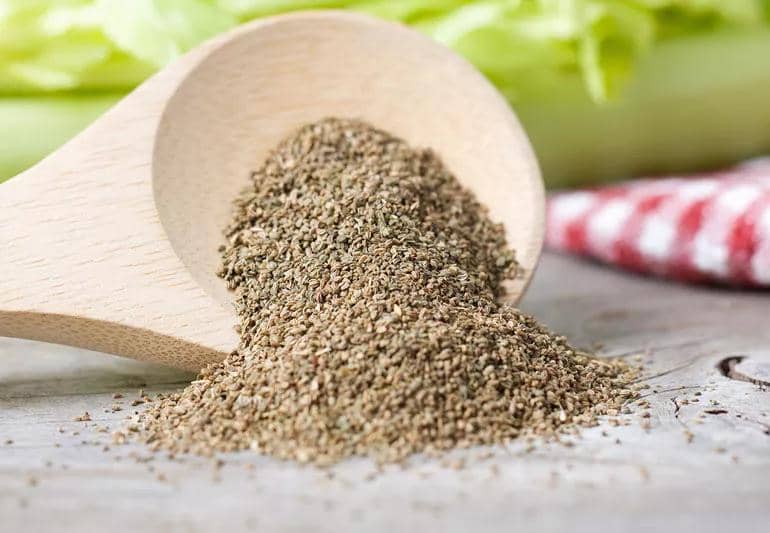Advertisement
Whole stalks provide more benefit than celery seeds
At almost every turn, science and medicine reveal a new “superfood” that will dramatically improve our health. Chia seeds can reduce your cholesterol. Green leafy vegetables burn belly fat. Blueberries boost your antioxidants.
Advertisement
Cleveland Clinic is a non-profit academic medical center. Advertising on our site helps support our mission. We do not endorse non-Cleveland Clinic products or services. Policy
Now, the latest in wonder snacking – celery seeds to lower your high blood pressure (HBP). But does it really work?
“It’s no secret that plants offer vitamins, minerals, fiber and antioxidants to help you maintain good health, but it’s a mistake to think you can eat only those substances as supplements and really get the same benefits,” according to Luke Laffin, MD, Department of Cardiovascular Medicine.
A plant’s isolated nutrients and other compounds work together to improve health, but we don’t really know why or how they do it.
Research has found that taking celery seed extract improved BP levels in patients who had mild to moderate elevations. But for the most part, research indicates taking plant extracts offers little to no benefit and can sometimes cause harm. “For this reason, it makes sense to simply eat the whole food, including celery,” Dr. Laffin says.
Your BP measures the force your heart exerts to pump blood around your body. The higher your pressure, the harder your heart is working.
If your pressure is high enough, it can damage your blood vessels, as well as your heart, kidneys, eyes and brain. It can also put you at greater risk for coronary heart disease, stroke, heart failure and blindness.
“Any BP over 130/80 mmHg is considered high. Limiting your sodium intake to below 2,300 mg daily can help control your BP,” Dr. Laffin says.
Celery contains a phytochemical called phthalides. As an extract, it’s called NBP, and it relaxes the tissues of the artery walls to increase blood flow and reduce blood pressure.
Eating the whole food, though, is better. Celery stalk salt content is low, and you also get fiber, magnesium and potassium to help regulate your blood pressure, as well.
“To get the benefit, you should eat roughly four stalks – one cup, chopped – of celery daily,” Dr. Laffin says.
Celery alone won’t bring down your BP.
Most major health organizations, including the Cleveland Clinic and the National Heart, Lung and Blood Institute, recommend the DASH Diet, a nutrition program targeted at lowering BP and the risk of cardiovascular disease.
“A diet based largely on plants is ideal,” Dr. Laffin says.
By eating vegetables, fruits, whole grains, beans, seeds, nuts and vegetable oils, you get the potassium, calcium, magnesium, fiber, protein and limited sodium needed to control your BP. You should also restrict sweets, sugary beverages and red meats.
Advertisement
Learn more about our editorial process.
Advertisement
What’s on your plate can either help power you through your day or put you in nap mode
Information on serving size, calories and nutrients can help you make healthy choices
Often labeled as ‘diabetes-friendly’ or ‘calorie-free,’ these sugar substitutes warrant caution
Repeating your meals can help simplify meal planning and counting calories, but it could also lead to boredom and nutritional deficiencies
Making certain food and lifestyle choices can help keep your battery full
Pickles are low in fat and calories and rich in some vitamins and minerals, but they’re usually high in sodium
Fiber-rich shirataki noodles may improve blood sugar, aid in digestion and help with weight loss
Reducing inflammation is key when you’re in a flare-up, but so is having a preventive nutritional plan in place when you’re not
Focus on your body’s metabolic set point by eating healthy foods, making exercise a part of your routine and reducing stress
PFAS chemicals may make life easier — but they aren’t always so easy on the human body
While there’s little risk in trying this hair care treatment, there isn’t much science to back up the claims
Celery May Help Bring Your High Blood Pressure Down – Health Essentials
